The mouthwatering Victorian recipes that made Victorian cook Mrs Crocombe a 21st century phenomenon
Audley End’s Victorian cook, Mrs Crocombe, has become a YouTube sensation. Eleanor Doughty signs in for a lesson with her.
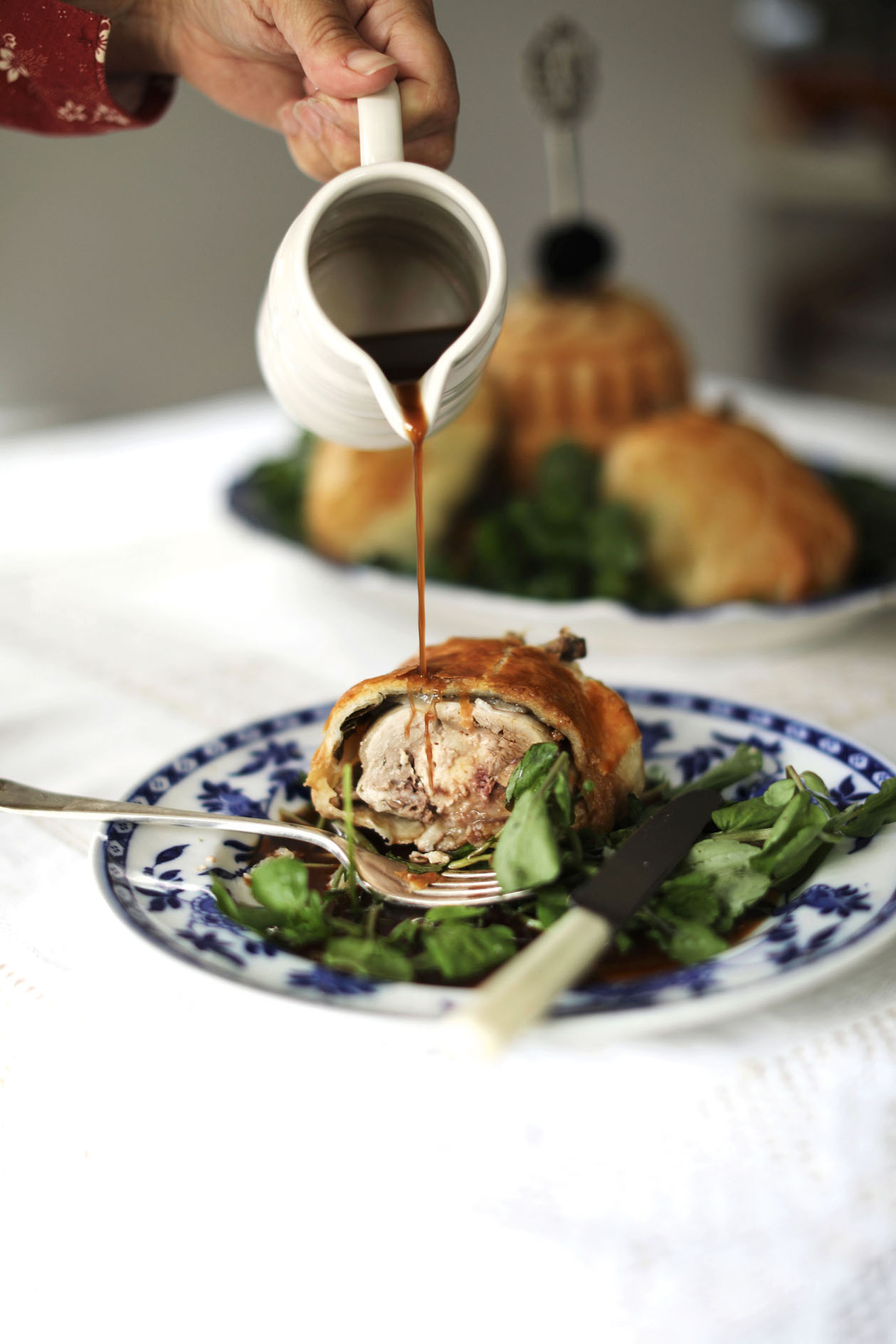
‘Sqaub means pigeon — there isn’t any pigeon in this pie.’ I am being taught to make Devonshire squab pie by Avis Crocombe, the cook at Audley End House near Saffron Walden in Essex in late-Victorian times. I’ve not quite managed the art of time travel — she’s talking to me from my iPad, which I’ve balanced on my fruit bowl as I fry off mutton cutlets.
We’ve also been through Victorian ice cream, unseasonal mince pies and chocolate pudding. Next week, I’m planning a traditional Victorian kedgeree for brunch.
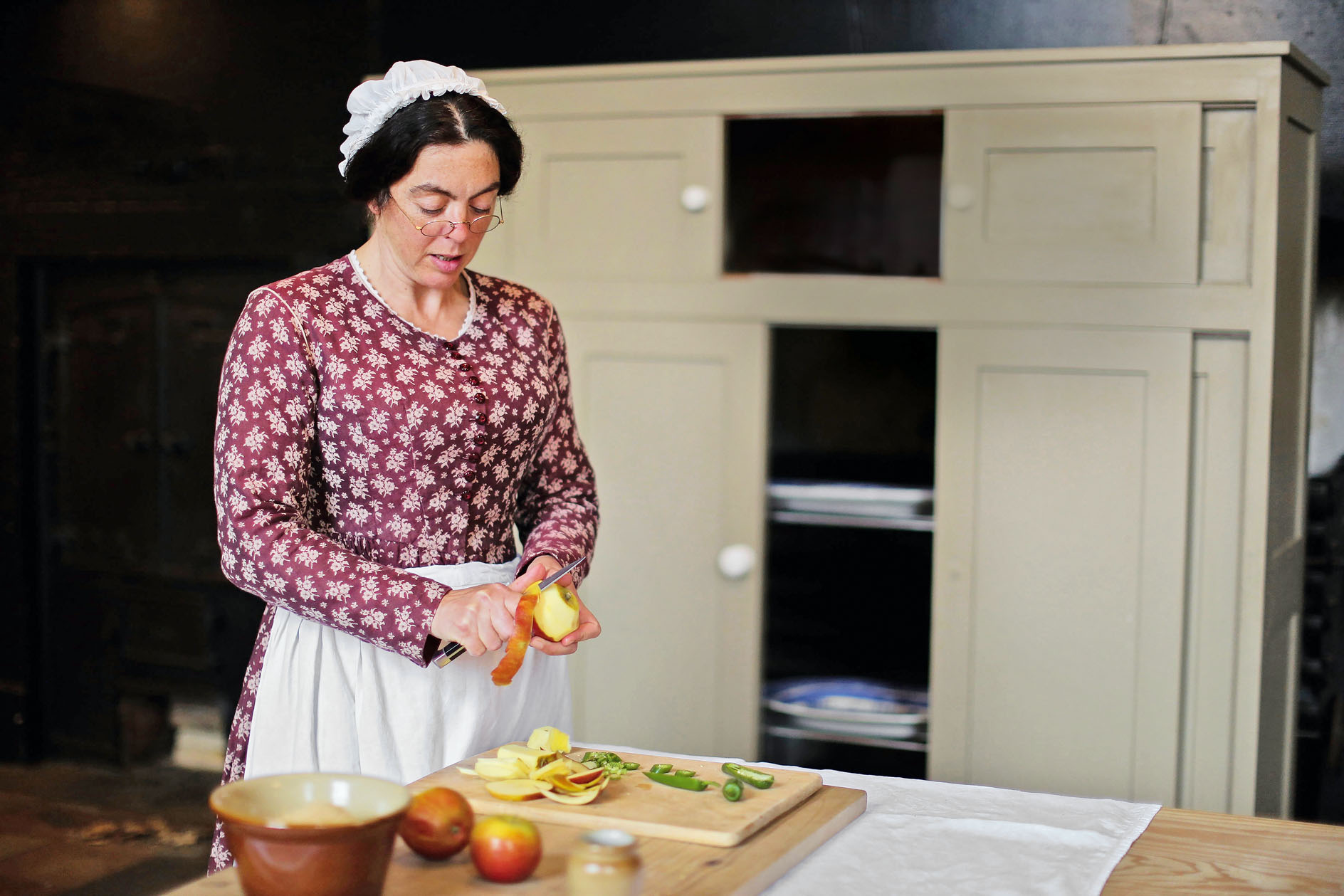
Mrs Crocombe is actually historical interpreter Kathy Hipperson, who has for the past 13 years been portraying the cook — currently via a YouTube series. With almost 40 videos, it has been a magnificent success: a guide on how to make butter has had more than 10 million views.
Her journey to internet stardom began in 2007 when English Heritage (EH), which runs Audley End, once owned by Charles II due to its proximity to Newmarket racecourse, decided to represent the service wing. With Past Pleasures, a historical interpretation company then led by food historian Annie Gray, they focused on the kitchen in the 1880s. Using the 1881 census, they identified the cook as Avis Crocombe. ‘Her name jumped out at me because it’s so unusual,’ explains Andrew Hann, senior properties historian at EH.
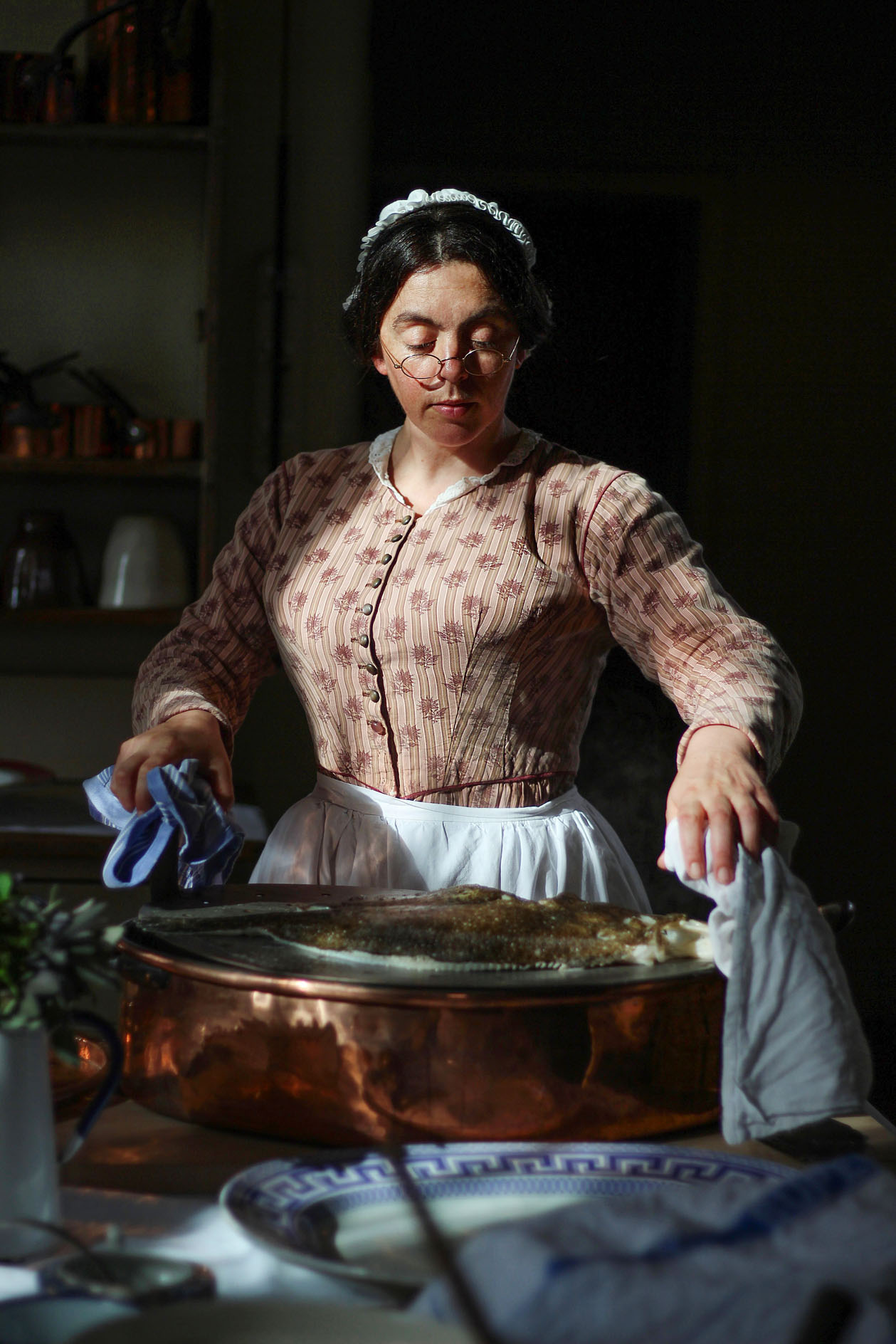
About six months later, Dr Hann received a call from one Robert Stride, Avis’s great-great-nephew, who said he had an old cookery book the team might be interested in. ‘He started reading the front cover out, and it said “this is the cookbook of Avis Crocombe”,’ recalls Dr Hann.
‘I couldn’t believe it. We’d researched this lady, and then her actual manuscript turned up.’ Drs Hann and Gray met Mr Stride at Audley End. ‘He handed me this book he had wrapped in bubble wrap,’ remembers Dr Gray. ‘I was flicking through it trying to concentrate on what he was saying, thinking, my God, this may have all the answers!’
The book didn’t turn out to tell Mrs Crocombe’s life story, but it did contain her handwritten recipes; last year, these were incorporated into a hardback book, How to cook the Victorian way. The goal was always to have the recipes published in some form, but this, says Dr Gray, is ‘well beyond what we could have hoped for. It’s now a glossy cookbook, but also a genuine piece of food history.’
Exquisite houses, the beauty of Nature, and how to get the most from your life, straight to your inbox.
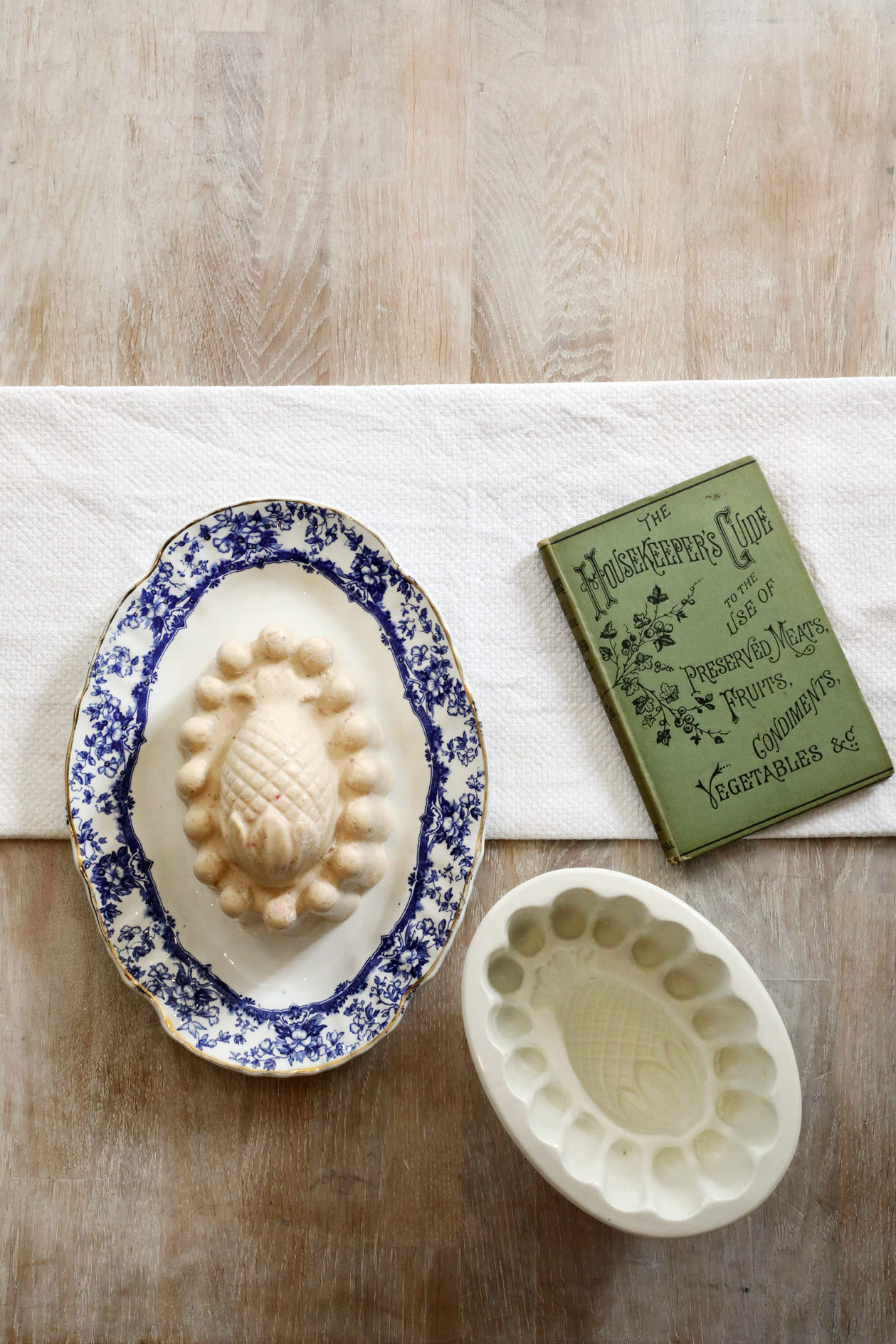
At Audley End, Mrs Crocombe would have encountered a curious family in the Braybrookes, whom Dr Gray describes as ‘notable, although they never held really high office’. Charles Neville, 5th Lord Braybrooke, had inherited Audley End and the title from his brother in 1862.
A dedicated dairy farmer, who used experimental methods to improve the milk yields of his Jersey cows, he married in 1849 the Hon Florence Maude, daughter of the 3rd Viscount Hawarden.
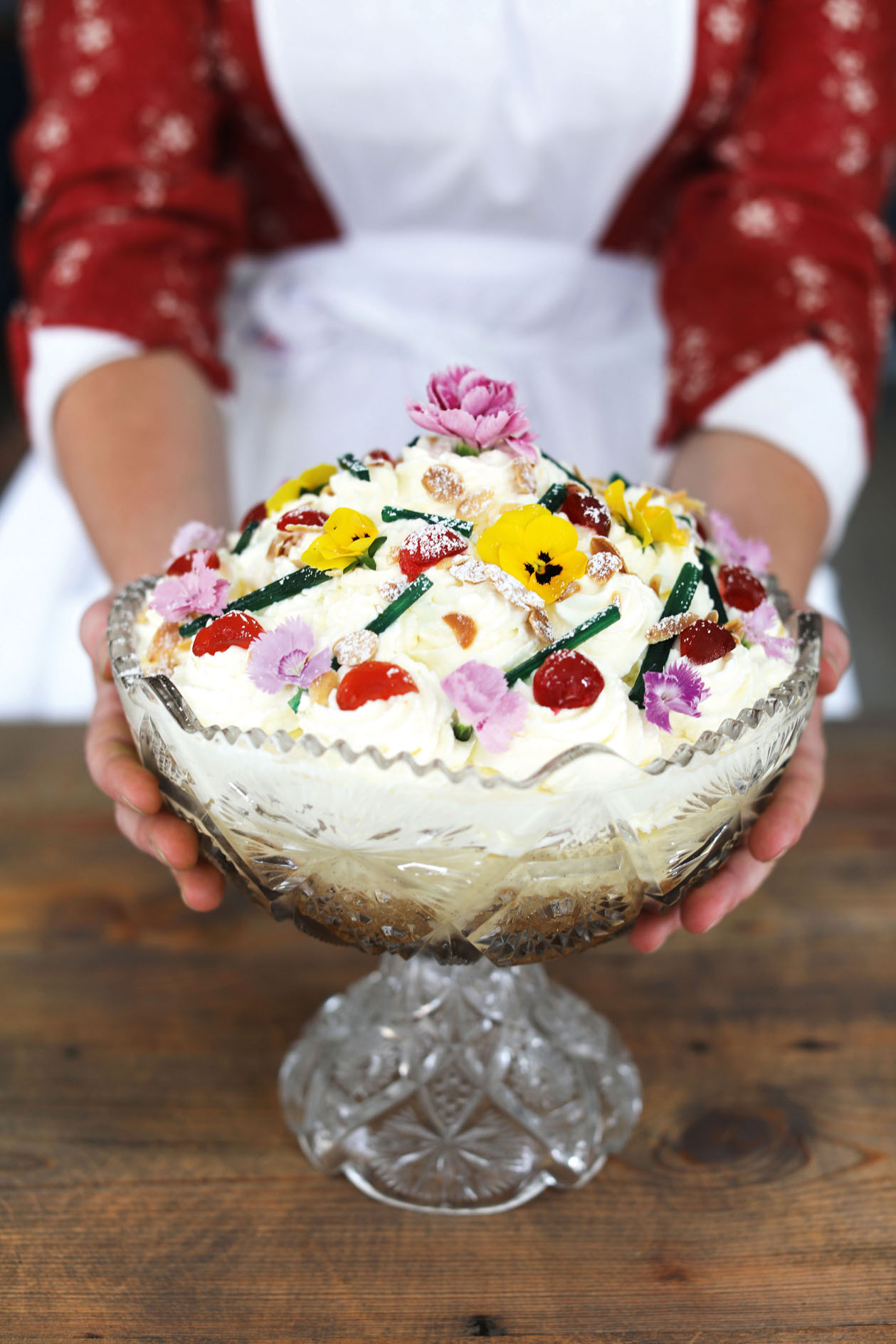
The couple had one daughter, Augusta, who, in 1879, married the Hon Richard Strutt, a son of the 2nd Lord Rayleigh. By the time Mrs Crocombe arrived, the Braybrookes were living affluent, aristocratic, late-19th-century lives: ‘Not at the cutting edge of food and society, but very comfortably off,’ explains Dr Gray.
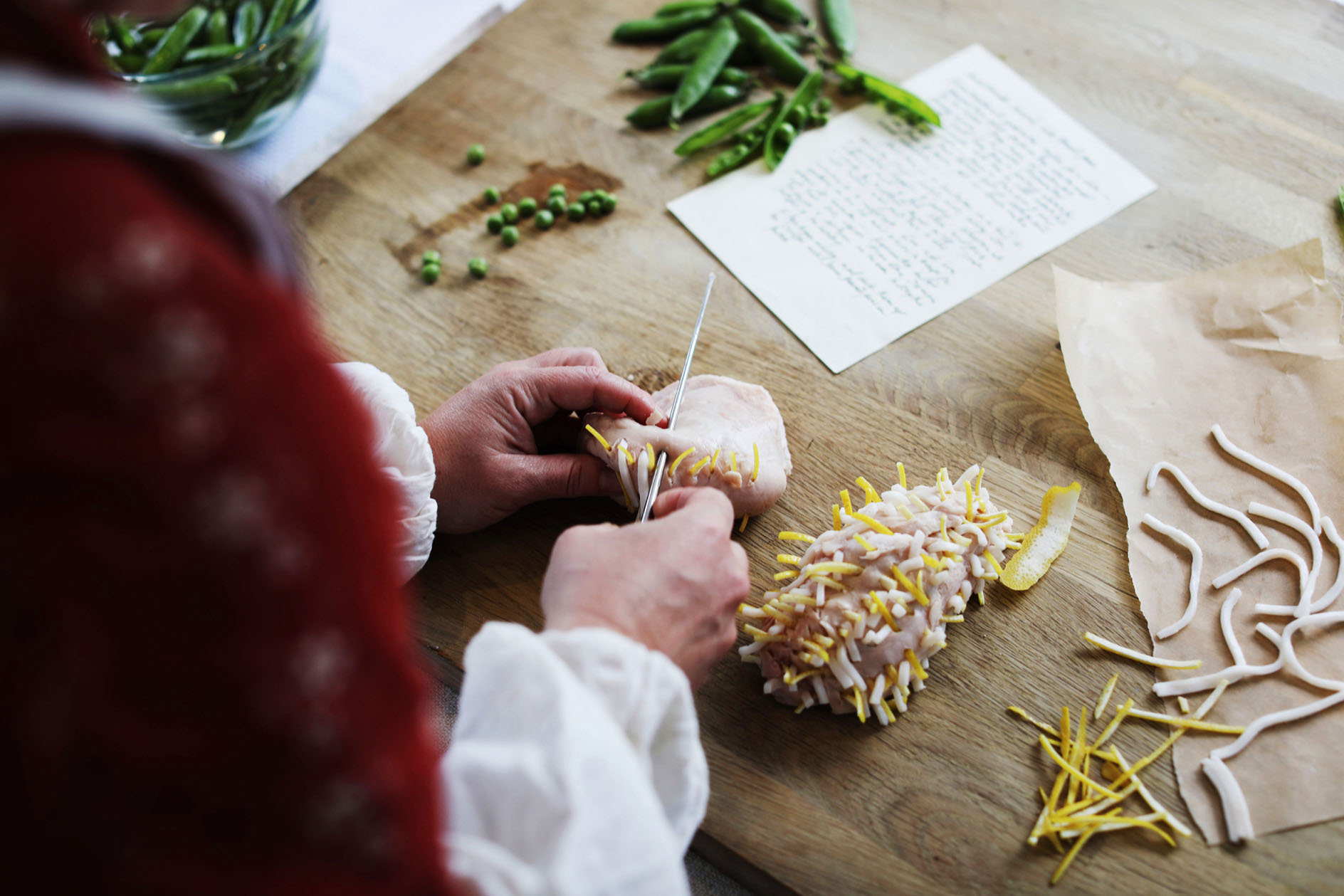
During her time at Audley End, Mrs Crocombe noted down many of the recipes she served to the Braybrookes. Victorian food can be considered ‘overcooked and stodgy,’ agrees Dr Gray, but the variety was certainly broader: ‘They ate a much wider range of fruit and vegetables, a lot of game and every bit of meat as well. If you could eat meat, you were well off, and there was no way you were going to turn your nose up at a kidney.’
How to cook the Victorian Way is published by English Heritage at £25
Recipe: Mrs Crocombe’s apple and cream in a mould
Serves 8–10 — fills a 1¼ litre/2 pint/1⅓ cup mould
- 10 leaves of gelatine
- 485ml/17 fl oz/2 cups double cream
- Finely grated zest of 1 lemon
- 2tbspn caster sugar
- 55ml/2 fl oz/¼ cup amaretto liqueur
- 500g/17 oz/2 cups apple purée,
- sweetened to taste
- Vegetable shortening, for the mould
- 2 litres/3½ pint/generous 2 quarts
- ice cubes, for setting
- Edible rose petals, to serve
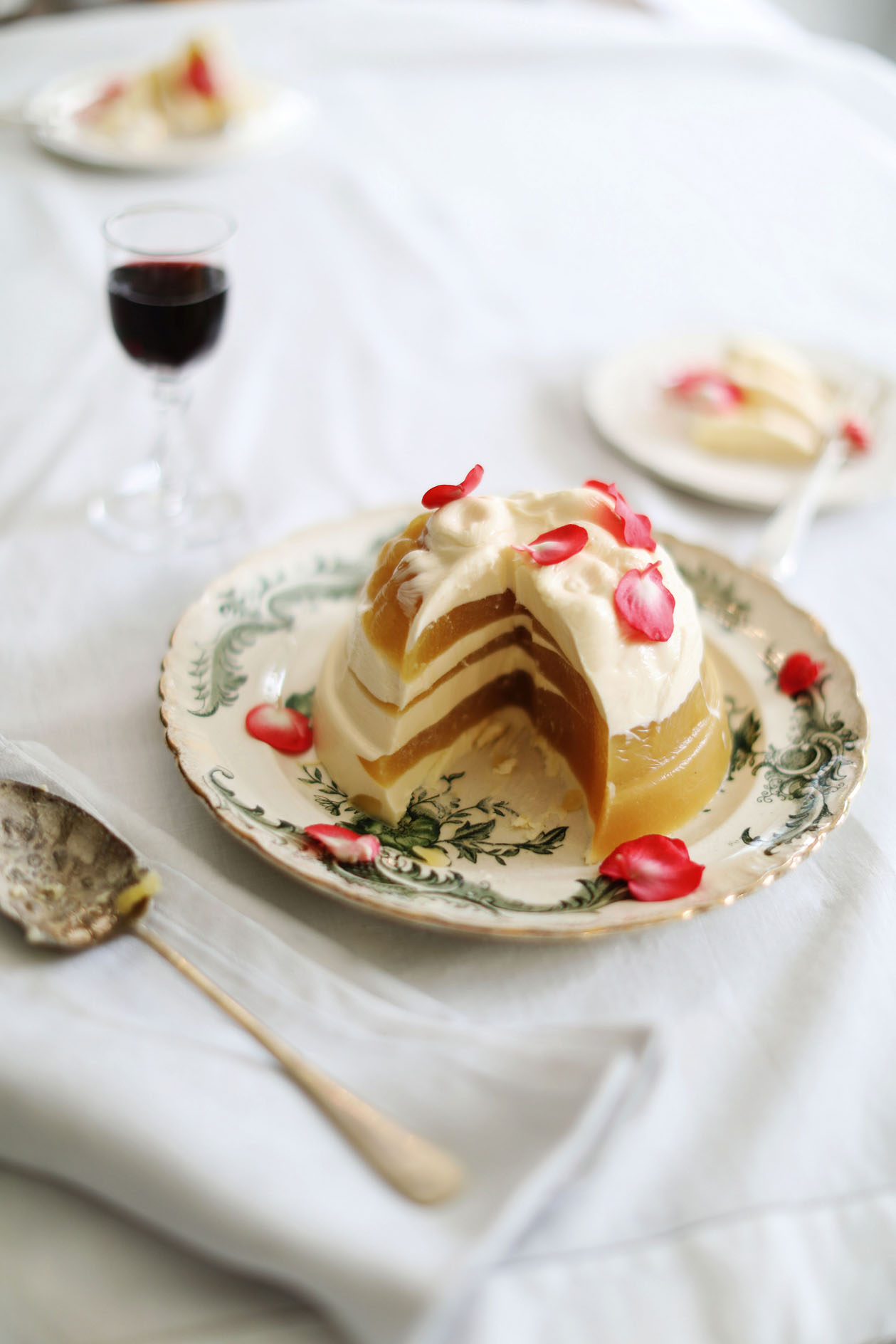
Divide the gelatine equally between two bowls, and soak in cold water to soften it. Mix the cream, lemon zest, sugar and amaretto in a saucepan and bring to a very low simmer. Add half the gelatine and stir well to dissolve. Remove from the heat and allow to cool to room temperature.
Heat the apple purée in another saucepan and add the remaining gelatine to this. Again, stir to mix, remove from the heat and cool to room temperature.
Prepare the mould. If it is very plain (for example, a charlotte mould or loaf tin), you can line it with clingfilm. However, for anything more complicated, it is best to use a little vegetable shortening to grease it.
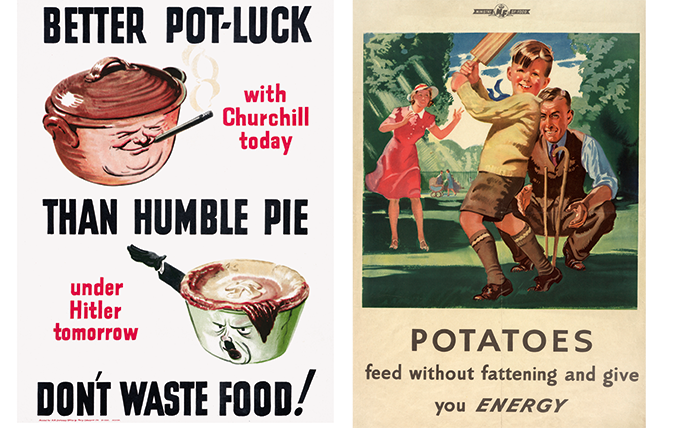
Victory in the Kitchen: The recipes that kept Britain going in the Second World War
You too can rustle up something delicious out of meagre rations with these austerity recipes.
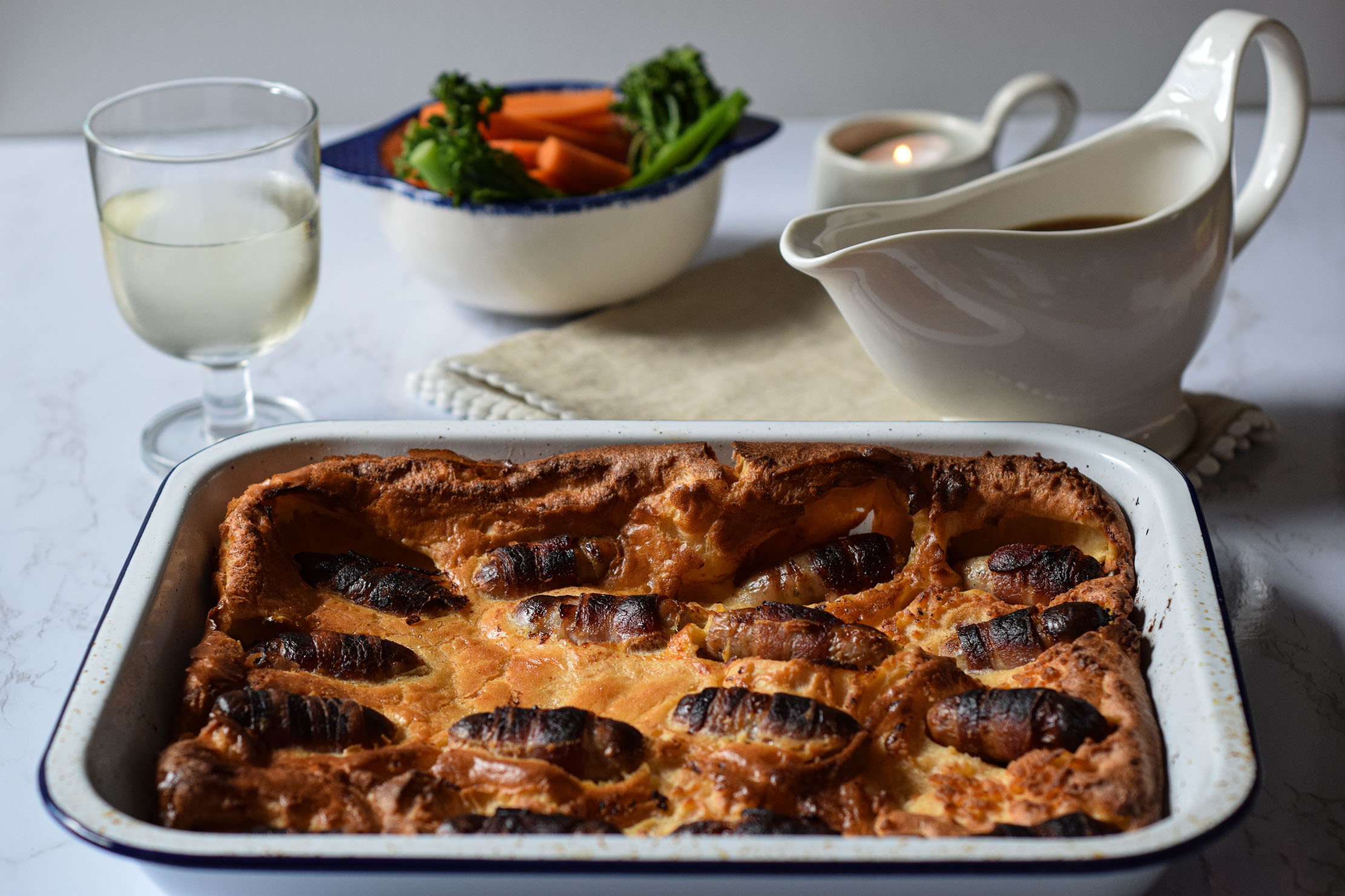
Credit: Wild and Game
How to make toad in the hole using pigs in blankets, and served up with home-made onion gravy
This winter warming recipe is ideal as the nights draw in and the mercury plummets.

